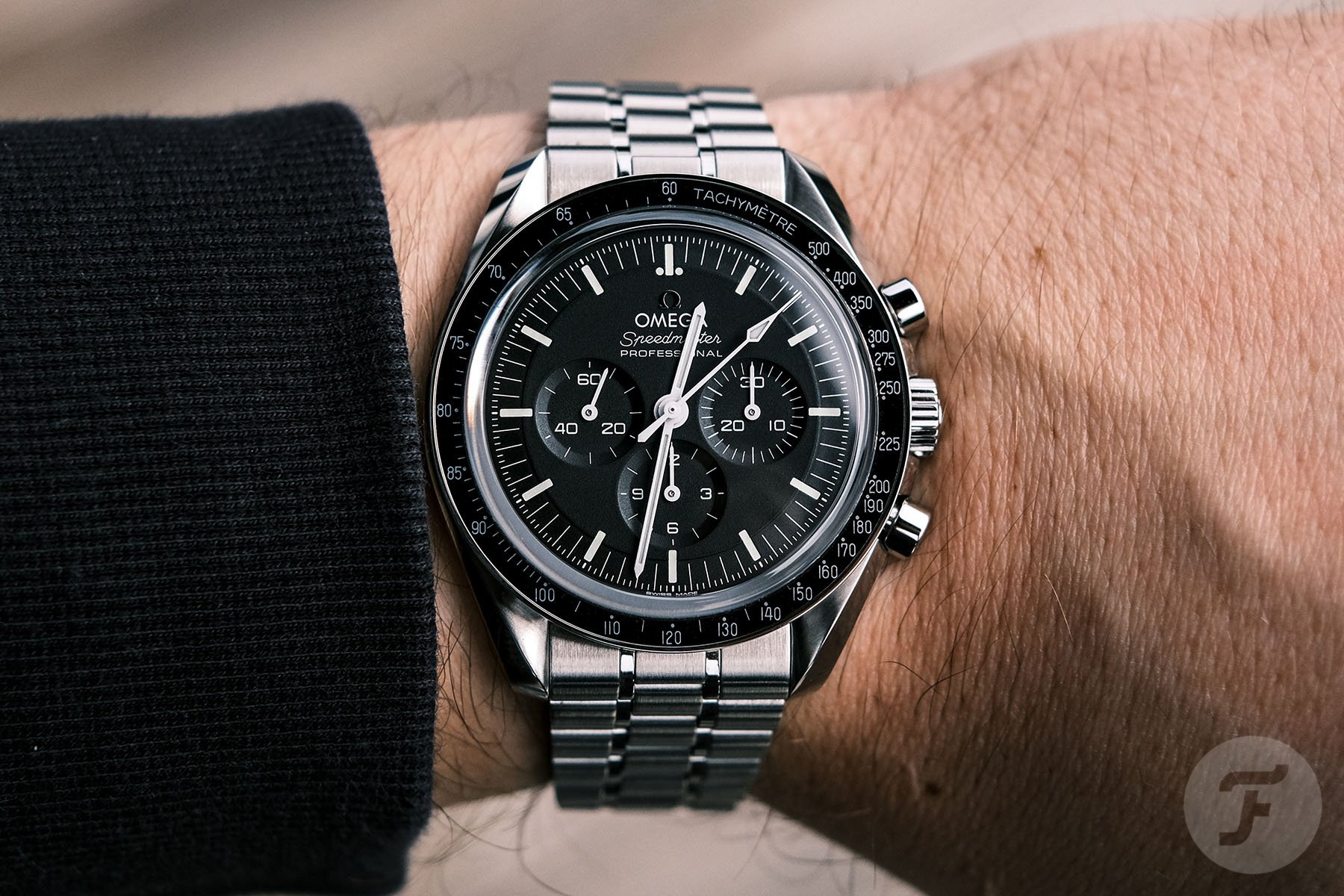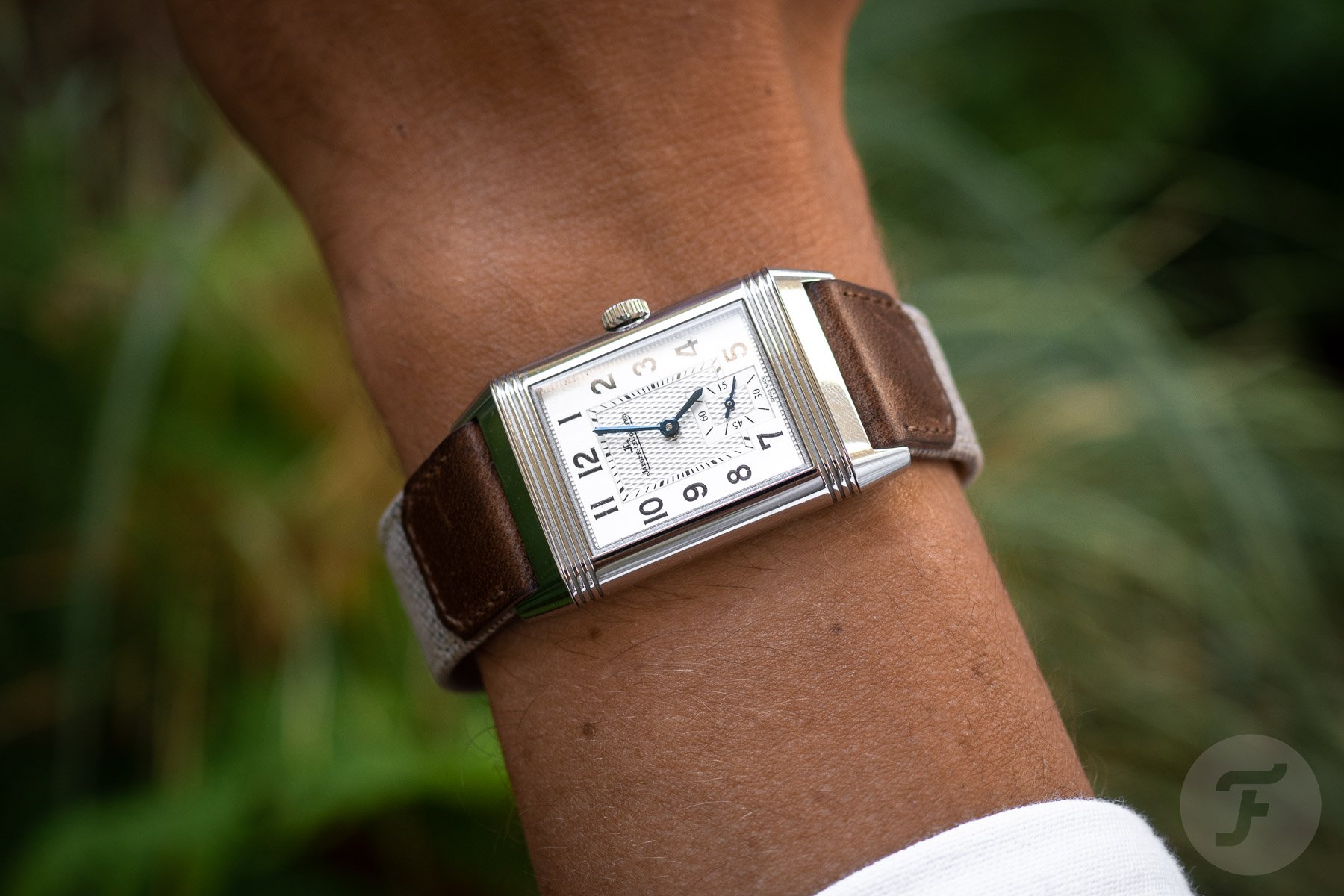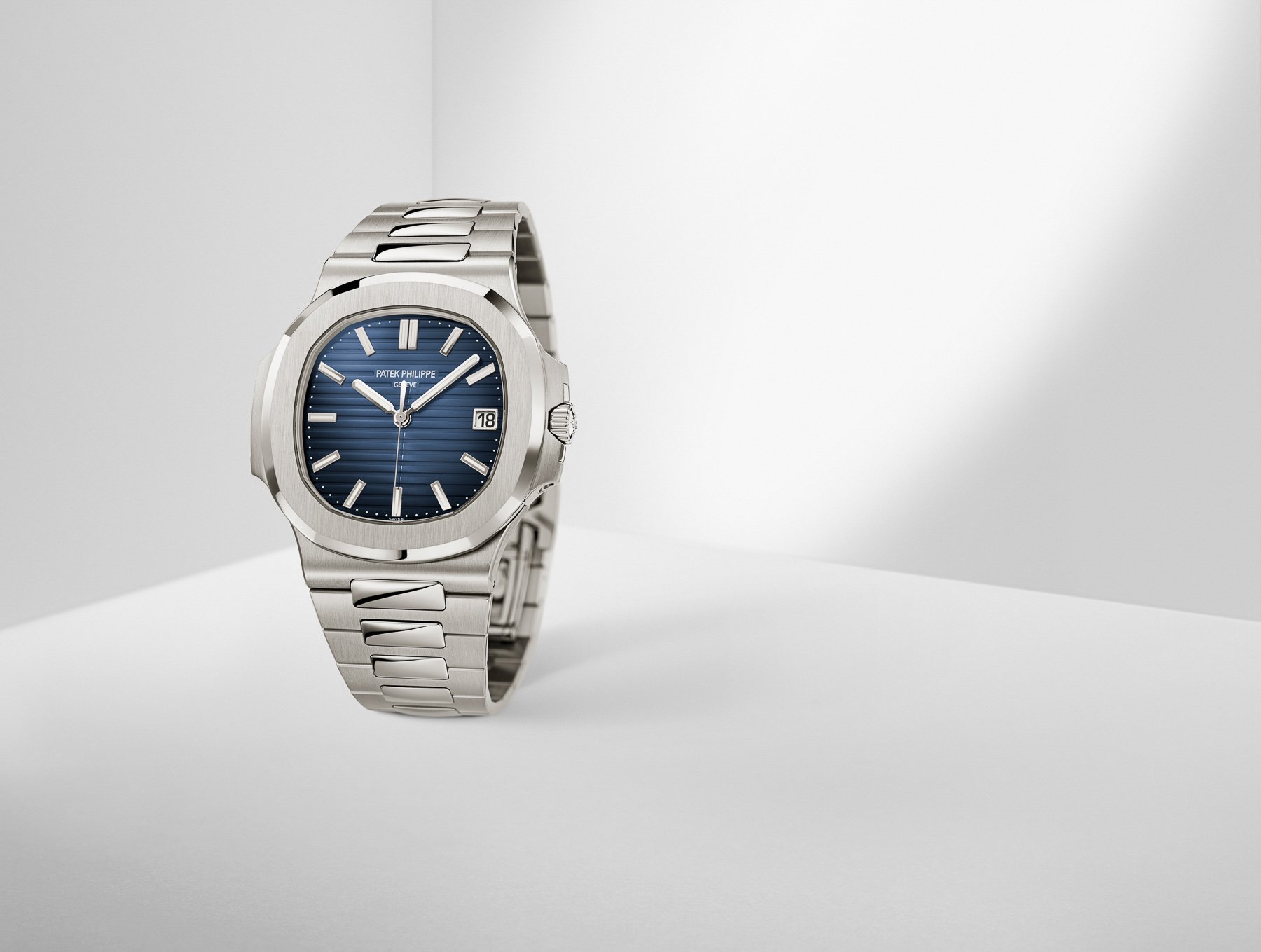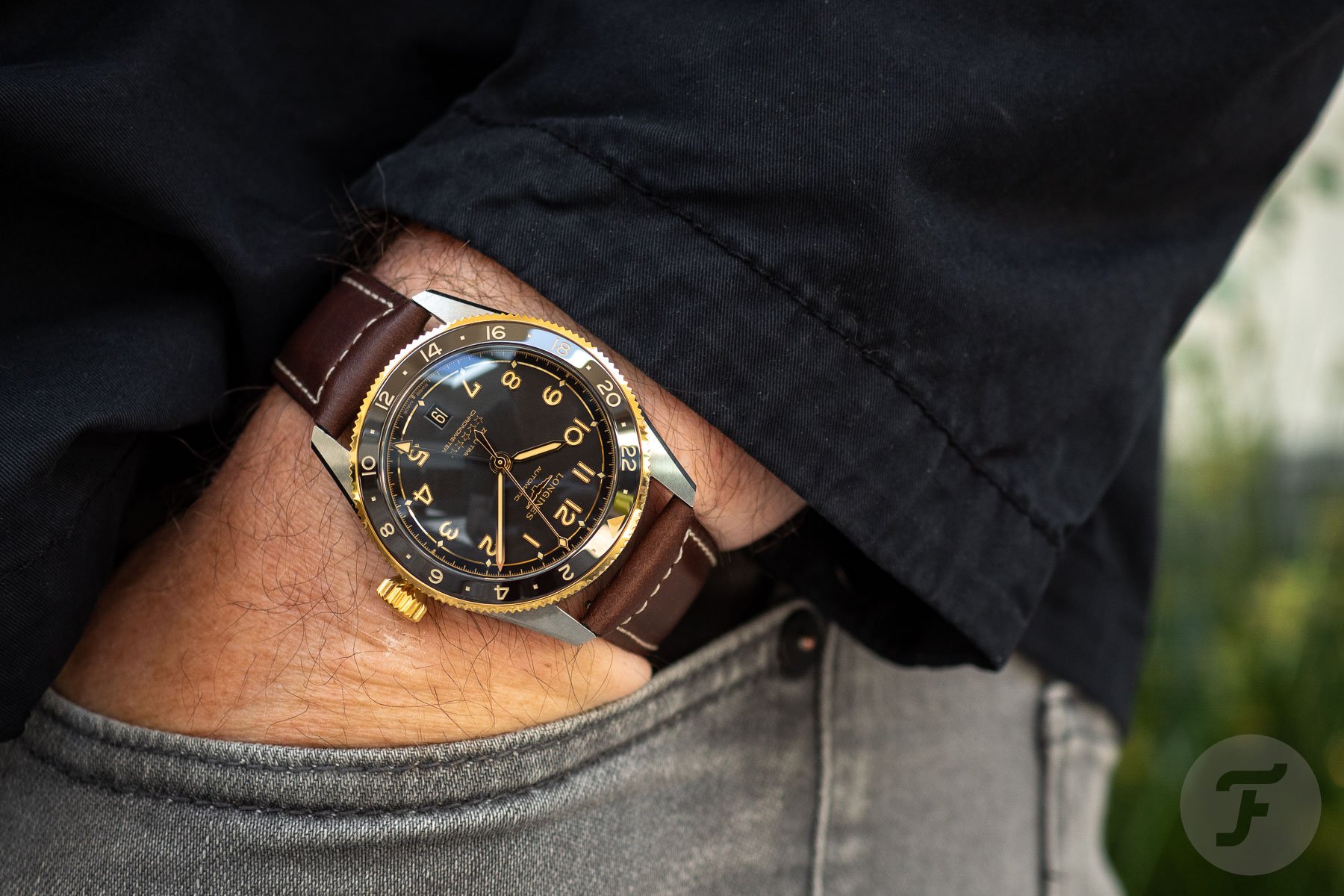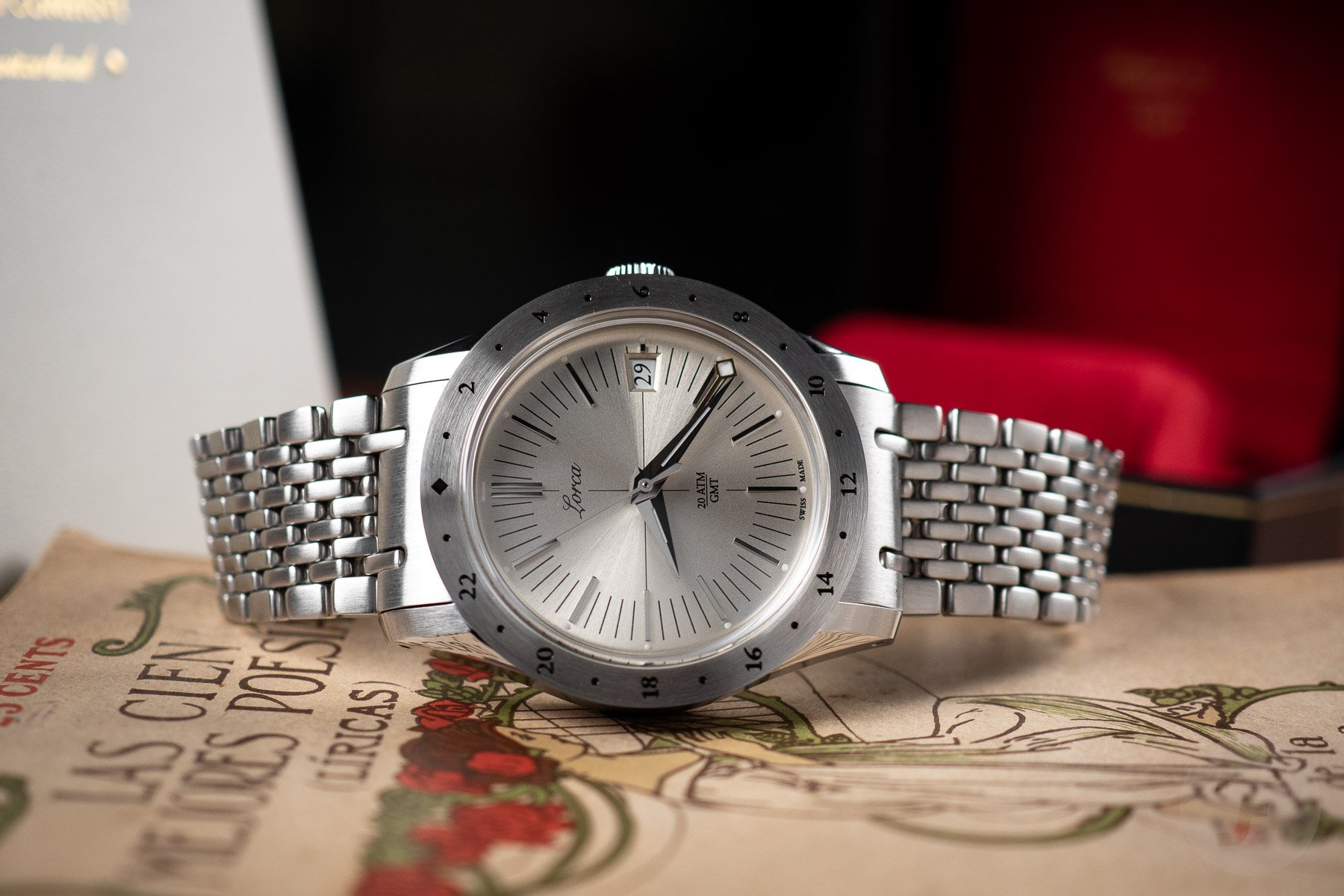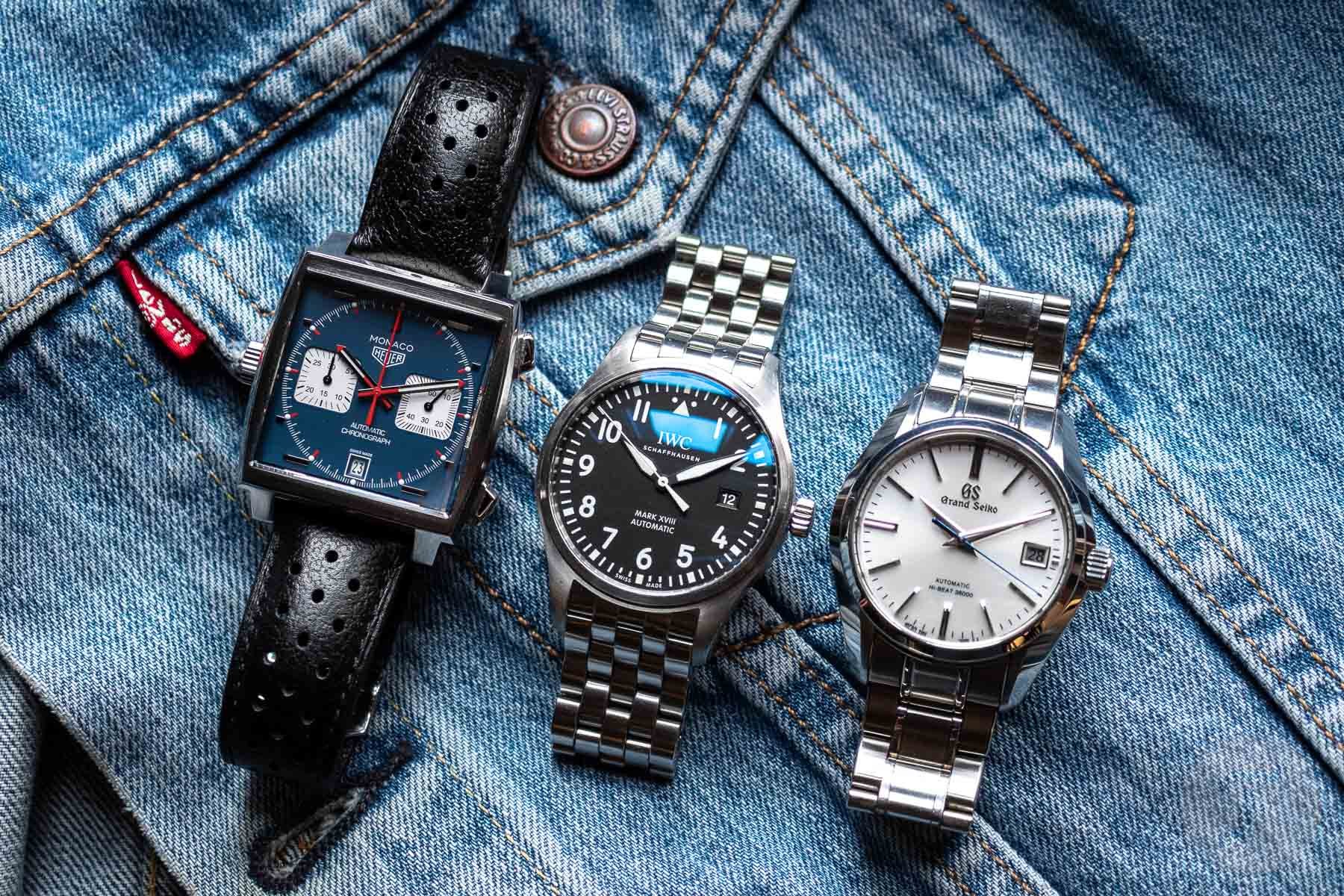Let Me Revisit That: Watch Prices Keep Rising — Is That A Good Thing?
In April of this year, I published an article called “Watch Prices Keep Rising — Is Greed Killing The Watch Industry?” It was a rumination on some of the more extreme price hikes we have seen and how they may affect brands in the future. I wrote it from a personal sense of concern and distaste, expecting most watch lovers to agree. To my surprise, some pushback came from within the Fratello office.
Two of my colleagues were quite happy with the ever-increasing watch prices. They had both recently bought watches that had their prices increased afterward. From their perspective, the brands were looking after them. Also, we have spoken to a few brands in the meantime. In short: I think it is time I see whether there might be some valid counterpoints to my earlier lamentation — or, at least, some extra nuance.
Rising watch prices serve watch owners
Let me start with the point of my two colleagues. They had both recently purchased watches from big brands, and, shortly after, those brands raised the retail prices. Both these colleagues felt their purchase was validated by this. They felt their money was a little bit safer now that their respective watches had become more expensive. And, to be frank, I kind of understand that sentiment, even though I don’t endorse the idea of watches as commodities.
Whether it is actually true depends entirely on the secondhand market, of course. As I described in the original article on rising watch prices, not all secondhand watches follow suit. Generally speaking, though, I think a slow and steady upward trajectory does serve the existing clientele. I can only speak for myself, but I would rather see a watch I recently bought get a little more expensive than see it discounted somewhere.
I do think, however, that my point about the risk of a disconnect still stands. If the RRP of a watch you own rises to ridiculous realms, you may rightfully worry. Will this brand keep its connection with the fanbase that gives it the right to exist?
Don’t worry, watch prices don’t have to make sense
We have raised the subject with a few of our contacts at brands. The image that emerges from those conversations is interesting. My earlier hunch that the watch geek is a minority within the clientele is confirmed. “I would guesstimate that about 10% of our clients are seriously into watches,” a representative of a mid-range brand told me. The other 90% are affluent consumers with an interest in luxury products.
This means that while you and I are obsessing over whether a specific caliber is acceptable in a watch at a certain price, that isn’t the game that is being played at all. The actual buyer of that watch doesn’t ask what kind of structural modifications were made to the base ébauche caliber. The actual buyer might ask if it takes a battery or not.
This is perhaps a bit cynical, and I am exaggerating, but it shows just how arbitrary watch prices can be. Another brand confirmed that revenue went up as prices were raised. Thus, from a business perspective, it is the only thing to do. Try explaining to your shareholders that you are selling your product under market value. I don’t think they will approve. Whether the watch geek thinks the resulting price is sensible or not doesn’t come into the equation.
Longevity through higher watch prices
You could argue that watch brands maximizing profits has its upsides for consumers too. A more profitable company is more likely to be sustainable in the long term. And if you are the proud owner of a watch, the survival of the brand is important to you.
For one, it boosts your chances if you need a complicated repair at some point. Some watch buyers prefer to buy only from time-hallowed brands for this reason. If, twenty years down the line, you need that very specific seconds hand replaced, they can probably do it. And how does a business survive for a long time? By being highly profitable. And how do you boost profits? Well, raising prices is one way.
There is also the chance that if you bought a watch from a brand, you just really like that brand, so you are emotionally invested in it sticking around. You want to see the brand thrive and release new watches. You may even buy another at some point, maybe even a small collection. If, like our own RJ, you consider yourself a fan of a specific brand, you want it to do well. If that means raising prices to maximize profits, so be it.
Are rising watch prices sustainable across the board?
Some luxury watches are Veblen goods. This means that demand increases as prices increase. This is in contrast to most goods, which see demand decrease as prices increase. If a train ticket gets more expensive, people will see if they are better off taking the bus. If a watch gets more expensive, on the other hand, it might lure in even more buyers.
But is this true across the board? I would argue it isn’t, which also hurts the argument in the previous section. It may be the case for certain trophy watches and brands like Rolex and Patek Philippe. But it might not be the case for many of the others. The problem is that it may not show straight away. Some brands report increased revenue after increasing their prices. However, this might just be the result of sell-in rather than sell-out data.
If a brand fills its ADs with stock, that translates to big sales at the sell-in level. But if that AD then struggles to find consumers for its stock — sell-out — you run into a problem down the road. That stock will eventually get dumped at a discount or via the gray market. And that is damage to the brand that won’t reveal itself until much later. We may see some corrections down the line due to this simple fact. The question is: which brands are seeing steady sell-out sales at raised prices, and which are mostly sell-in?
A new market emerges
As I stated in the previous article on the topic, as brands shift up, others take their place. You can already see how Tudor now occupies the price segment that used to be covered by Omega, while Oris and Longines take Tudor’s old spot. And Seiko shifts up to neatly take the segment that opens up as a result.
The previous article triggered a massive response from you, our readers. Many of you commented that you felt a disconnect with many brands now. I saw several comments stating people would no longer buy watches from certain brands that they did buy from in the past.
I think we are already seeing the result of this sentiment. New brands pop up to cater specifically to aficionados. You could argue that the watch aficionado is a new market entirely. There have always been watch nuts, but judging from Fratello’s growth, for instance, it is an audience that is rapidly expanding. So if, as a business, you can work with selling hundreds or low-thousands of watches, you can thrive here. This is where microbrands come in. If you need tens or hundreds of thousands of buyers, you need a more mainstream crowd.
Closing thoughts
My stance on this topic has not changed very much through my conversations with colleagues and brands. I still think it is risky for brands to boost prices as quickly as some currently do. But I do think I may have a slightly more nuanced outlook on the topic now. And I hope I have been able to share some of it in this edition of Let Me Revisit That.
I think it makes perfect sense for watch brands to raise their prices. It is sometimes even the only sensible thing to do — they are businesses, after all — just as long as the increased revenue comes from sell-out rather than sell-in. If not, I think the brand is likely headed for disaster down the line. I also do understand the good feeling that comes from seeing a watch you own go up in value. But we have to see whether rising RRPs naturally result in higher secondhand values too. If the mainstream buyer is indeed demographically so different from the aficionado, that connection may weaken. Time will tell…
How about you? Are you happy to see the price rise on a watch you recently purchased? Let us know in the comments below.

